The WNBA’s Engines: Top Players in Offensive Efficiency
Field goal percentage is one of the most straightforward statistics one could use to see who is dominating as a shooter. In the WNBA, it’s a stat that often favors post players who are adept at finding mismatches in the paint, allowing them to get easy looks at the basket and increase their efficiency over time.
This season, we’re already seeing a few players buck that trend. And, it’s lending itself as a perfect tool to use when arguing for and against All-Star cases.
Let’s get into the top five players in the WNBA in shooting efficiency, and let’s take a good look at how these players are getting the bulk of their shots up so far this year. We’ll only be picking from players who are attempting about 10 shots per game, which makes them focal points of their respective offenses.
Allisha Gray
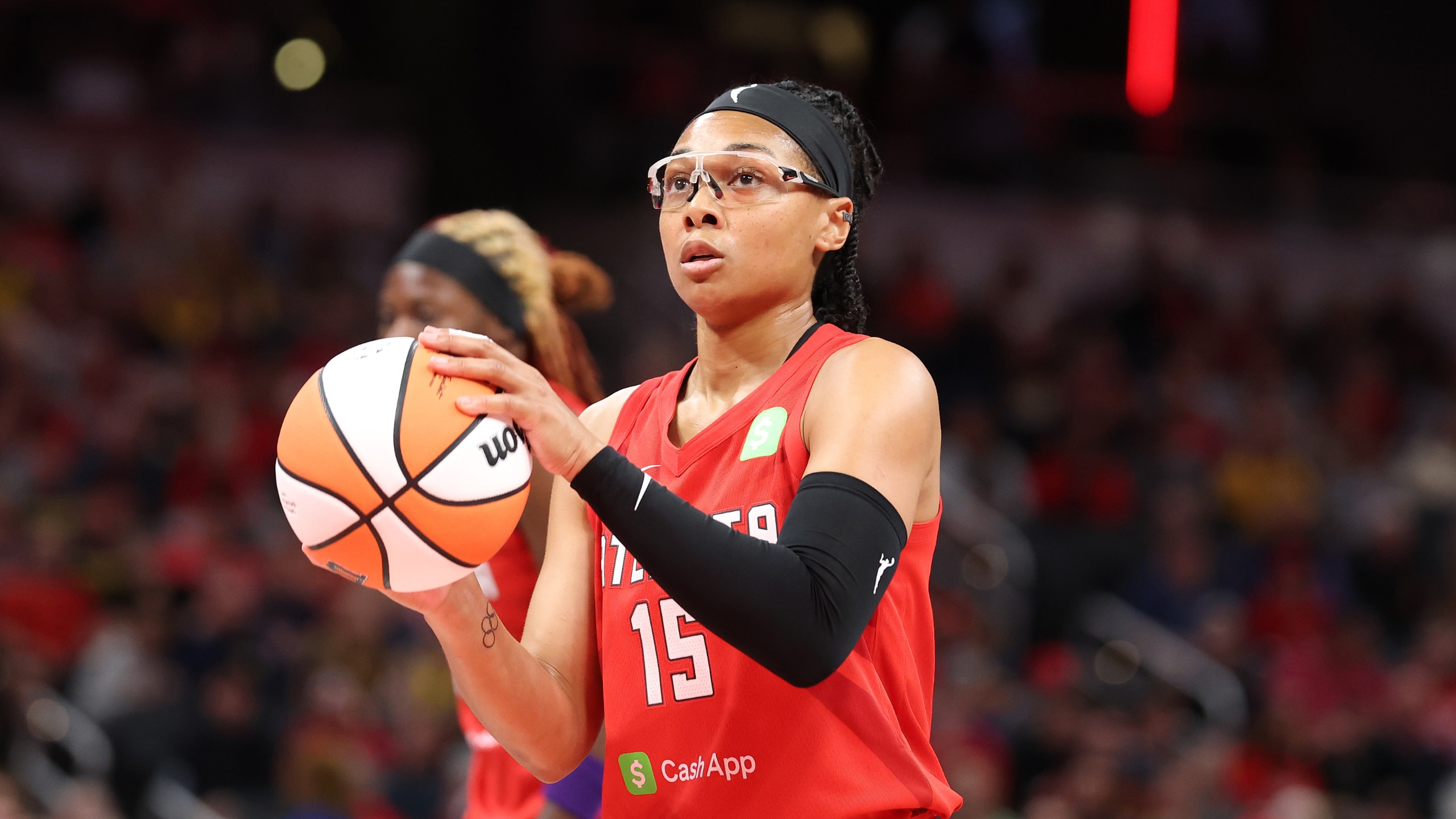
Gray is currently having the best season of her career. The Atlanta Dream guard has been the teams’ go-to for offense, hitting 50.6 percent of her shots so far this season. She’s attempting 13.0 shots per game for the Dream, which is the second-most attempted per game on the team behind Rhyne Howard.
What’s making Gray’s season truly special as a shooter is the way she’s getting her shots. She’s taking the most three pointers she’s ever attempted in her career, and she’s hitting them at a clip of 42.3 percent. Most of her shots are coming from deep, and that’s just not something she’s ever been empowered to do while with Atlanta.
Head coach Karl Smesko, who came in looking to place more emphasis on spacing the floor in a two-big lineup with as many threes chucked as possible, is seeing the benefit of that mindset on offense through Gray. She’s Atlanta’s best player this season so far, and a shoo-in for Most Improved Player consideration.
Dearica Hamby
While the Los Angeles Sparks’ losing record might place a hindrance on Hamby’s ability to make her fourth career All-Star appearance, it’s worth mentioning that she – alongside Kelsey Plum and Azurá Stevens – has been a force for LA’s offense this season. She’s attempting 12.1 shots per game and hitting them at a clip of 51.6 percent from the field, which is second-most on the team behind Plum.
Hamby’s always capable of getting going with her post game. Her shots are most frequently coming from the paint, with 67.9 percent of her points falling from there. From less than five feet from the basket, she’s taking the most shots of anyone in the league with an average of 8.5 shots from that distance per game.
Hamby’s been a great compliment to Plum so far this season for the Sparks, but they’ve been unable to take advantage of both her and Plum’s skill sets as scorers consistently. If they did do that before All-Star voting is closed, Hamby could feasibly make a push for a spot on the team.
Alyssa Thomas

We can’t have a discussion about engines in the WNBA without including the actual “Engine.” Thomas has had some injury woes to begin the year for the Phoenix Mercury, but when she’s on the floor, her impact is undeniable on offense. She’s one of the league’s best finishers, hitting 52.5 percent of her shots and attempting 11.4 per game. Thomas’ offensive output is more impressive when considering she really never attempts much from outside the restricted area due to a lingering shoulder injury in both arms.
The fact that she’s hitting most of her shots from the paint when she’s often undersized in matchups down low is beyond impressive. Her strength is her calling card, though, so her efficiency in the post despite her height disadvantage might not be too surprising.
The passing is what you likely think of when thinking of Thomas’ role with any team she’s on – after all, she’s also averaging nine assists per game for the Mercury, which is a career-high for her. But, her efficiency is what really stands out for a Phoenix team that’s shocking the league with their well-rounded attack between Thomas, Satou Sabally, several rookies, and now a healthy Kahleah Copper.
Breanna Stewart
Stewart is having another high-impact year for the New York Liberty despite a major load being taken off of her on a roster featuring Jonquel Jones, Sabrina Ionescu, Leonie Fiebich, and Natasha Cloud. She’s attempting 12.5 shots per game and hitting those at a clip of 51.8 percent from the field, which reflects her impact on the Liberty’s post and midrange scoring.
Unlike her post player counterpart in Hamby, Stewart has a fairly balanced shot diet featuring her rim finishing and a short jumper she can break out a bit farther away from the basket. She’s a lot more efficient when finishing, but is also shooting 50 percent from 15-19 feet away from the hoop.
Stewart hasn’t been contributing much by way of three point shooting over the last several years, but her size and speed give her a major advantage as a finisher for New York. Her 78.4 percent shooting from the rim is proof of that. While she’s not the player taking the most shots on the Liberty – that honor goes to Ionescu – she’s making the most of her shots. She’s the Liberty’s most efficient scorer on 10 or more attempts per game.
Napheesa Collier
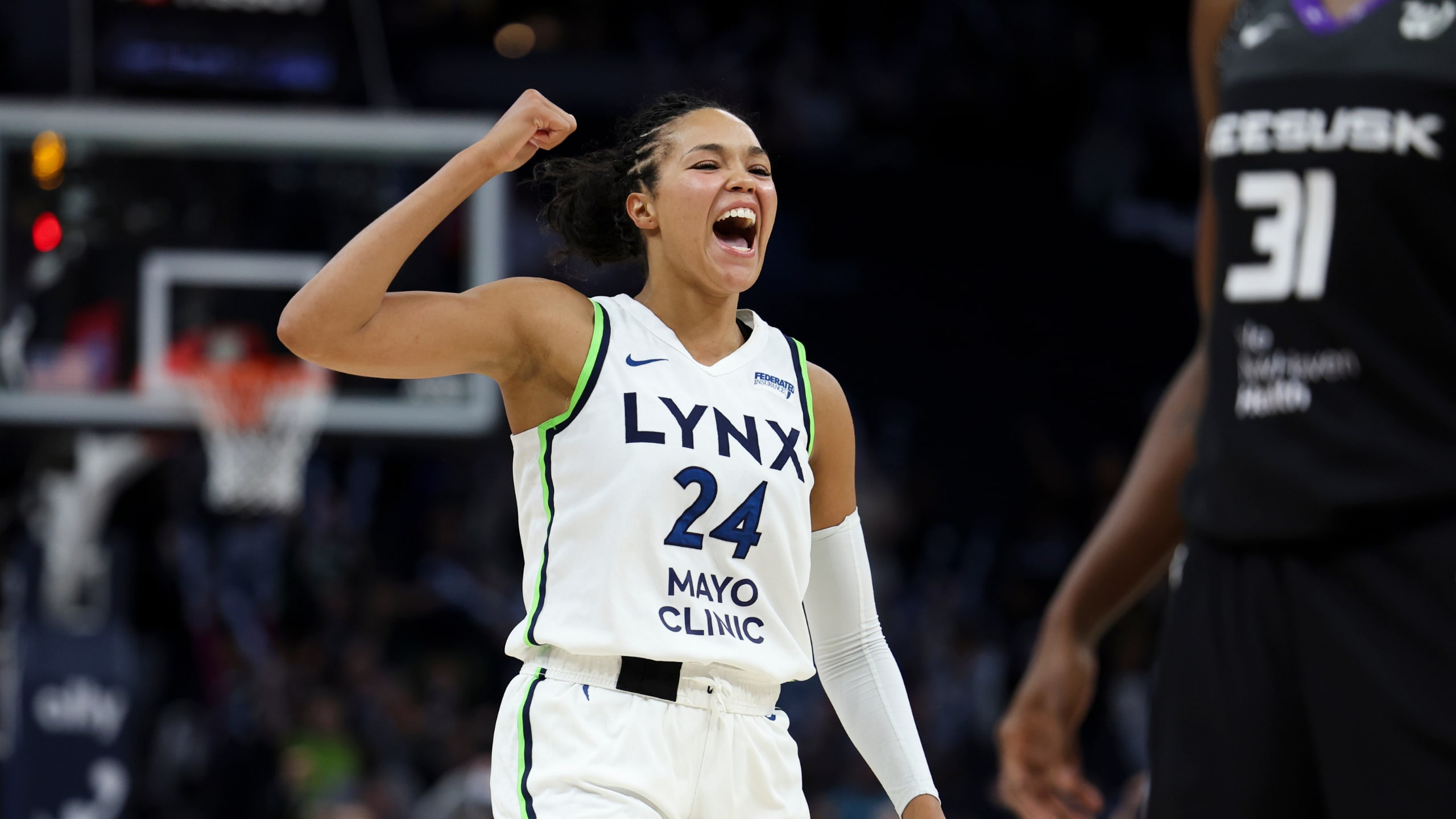
You simply can’t speak about efficient shooting in the WNBA without mentioning Collier. The Minnesota Lynx are having the best season of any team in the league in large thanks to her well-rounded shooting, as she’s attempting a whopping 17.2 shots per game and hitting them at a 52.4 percent efficiency. Again, unlike other bigs in the league, she’s hitting her shots efficiently from everywhere.
Collier is hitting 55.6 percent from 25-29 feet out, 53.3 percent from 10-14 feet, 48.2 percent from 5-9 feet, and 66.0 percent from less than five feet. In short, she’s been unstoppable as a shooter who has a size advantage on nearly anyone willing to step out of the paint and into space with her.
It’s no wonder that Collier is dominating the MVP debate right now. To have a forward so proficient as a scorer at all three levels is terrifying for opposing defenses to handle, and it’s what makes her an obvious All-Star headed into this year’s events.
WNBA reporter Candace Pedraza writes columns on WNBA.com throughout the season. The views on this page do not necessarily reflect the views of the WNBA or its teams.





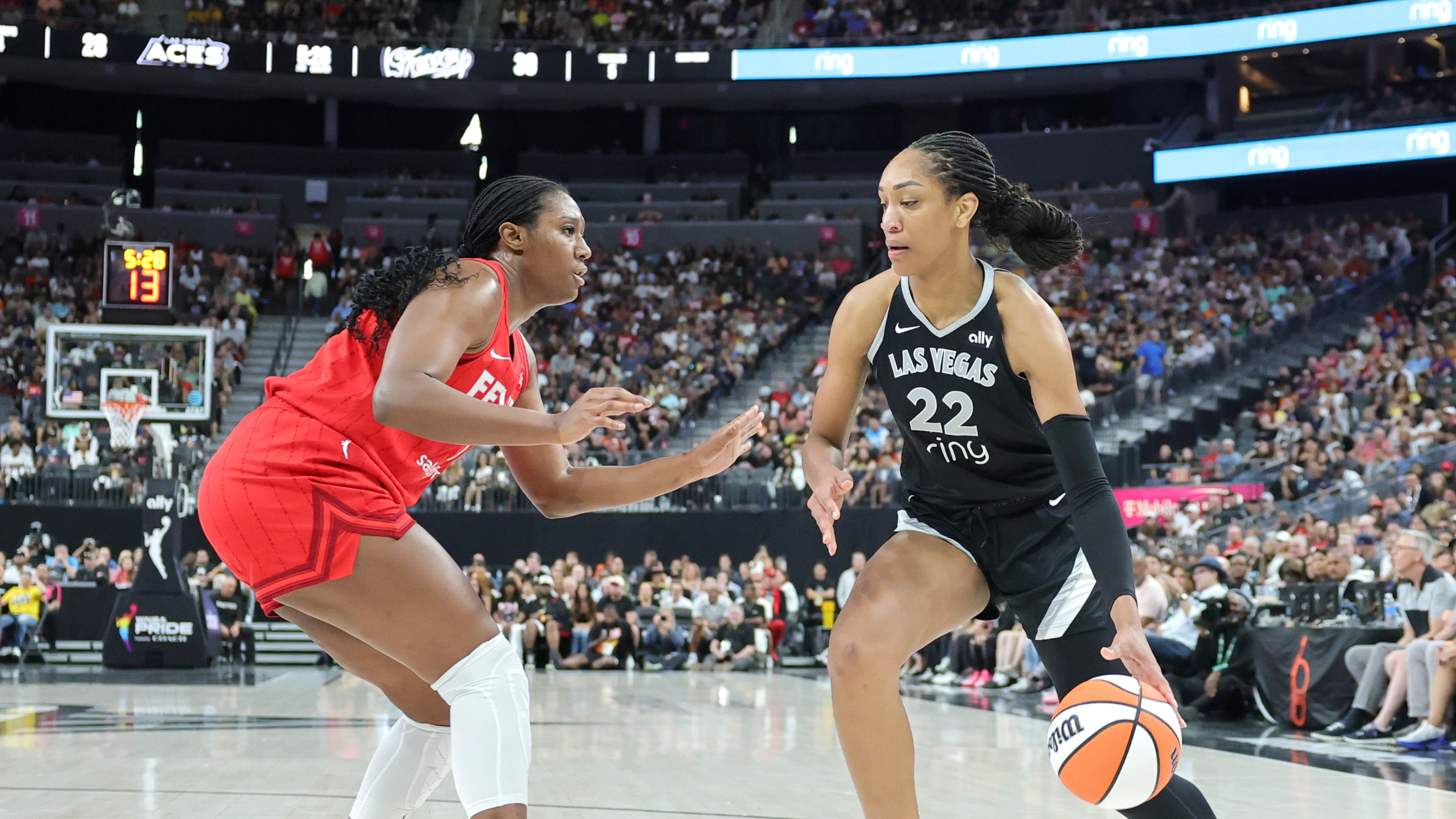,xPosition=.5,yPosition=.5)
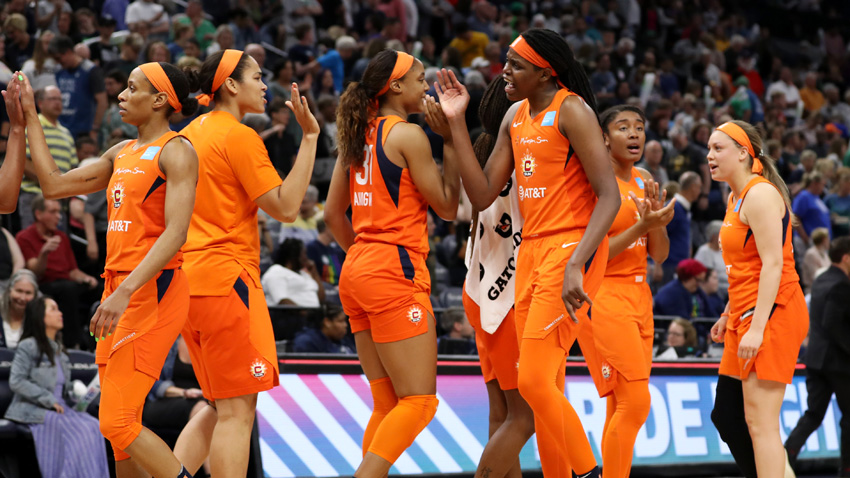,xPosition=.5,yPosition=.5)
,xPosition=.5,yPosition=.5)
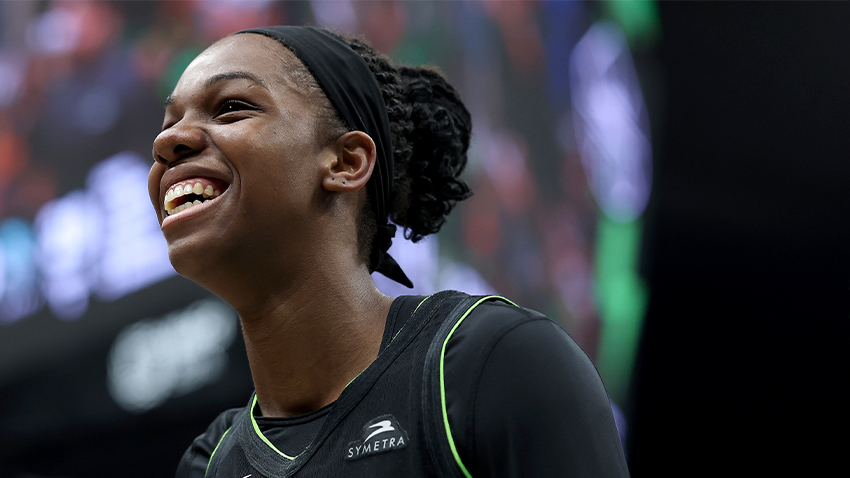,xPosition=.5,yPosition=.5)